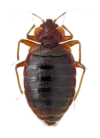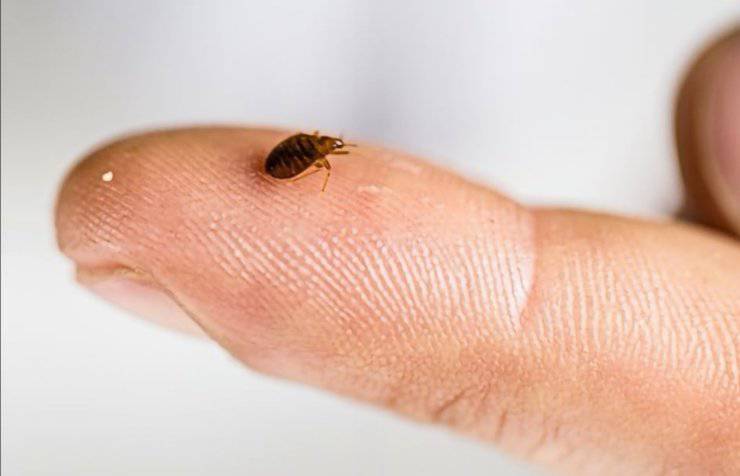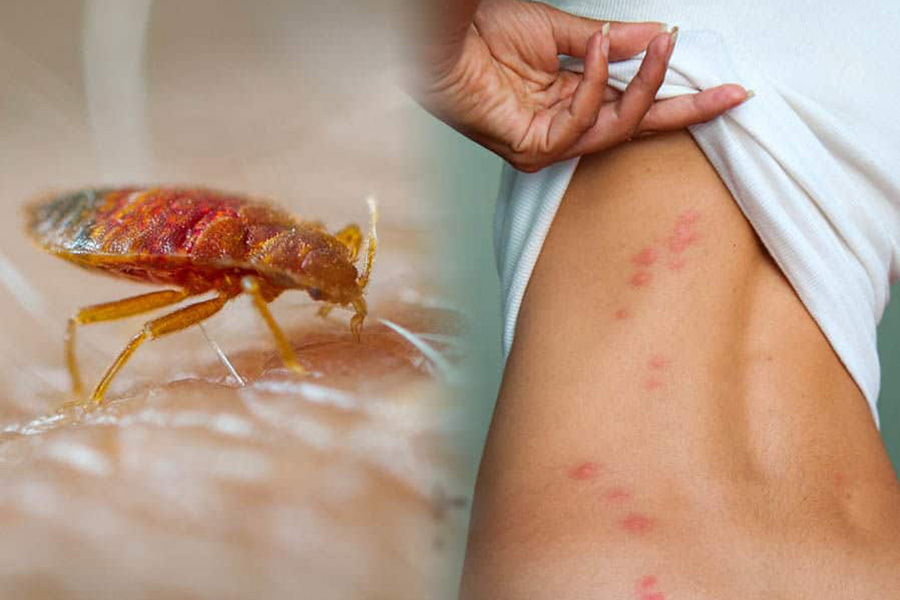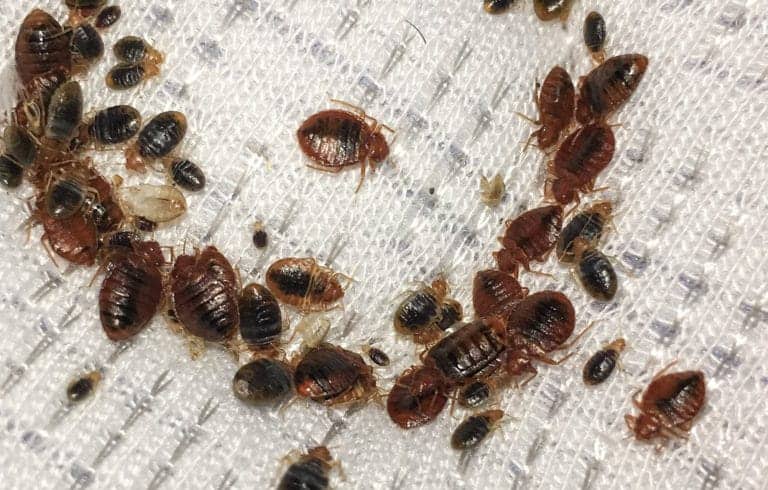Bedbugs
Damage
How to act
It is good to proceed immediately with the removal of these small animals to avoid that there is a real infestation: look carefully between the cracks in the bed frame or in the cracks in the walls or floor, look for small black spots between the sheets which can be bed bug droppings, or patches of blood. Also analyze the possible presence of white or mute spots which could be the hatched eggs. Also analyze between the cracks in the plaster or behind the loose wallpaper. If necessary, vacuum the entire bed frame Wash all potentially contaminated clothing. Wash and dry the laundry at high temperatures: one grandmother's method is to place soap flakes under the mattress and grease the legs and frame with petroleum jelly to prevent bedbugs from climbing. But it is always necessary to abandon the idea of do-it-yourself to avoid the problem recurring later: the best idea is to rely on a serious and professional company like ours.




